Because it is in their very nature to do so is not quite the answer were all searching for, but in essence that is the answer.
Wooden gates like the name implies are made from wood and as such have characteristics which determine what they will do and in what circumstances.
So what I will discuss here is not just what causes the timber to bend and twist but what measures we can take to minimise this effect happening in the first place.
Some basic truths
- When it is wet wood will absorb moisture
- When it is dry timber will dry out.
- All wood moves
- Straping it to a metal frame will not stop any of the above
- Tanalising or any anti fungal treatmets will not stop it either.
- Hardwood’s bend and twist just the same as softwoods sometimes more
So what causes your timber gates to look in opposite directions!
There are several causes why your wooden gates move excesively and the most common one is the timber drying out.
Timber is composed of long fibres which would look essentially like a box of straws. This composition of fibres is designed to support the tree and allow the movement of water to the top of the tree.
I suppose you could imagine it being a large sponge full of water.
When the tree is first cut the timber is called green, you may have heard the term “green Oak”, this does not relate to the colour but the fact that no drying of the timber has taken place.
The timber at this point is very heavy and very wet as it is full of water.
To use this timber effectively it needs to dry out, this used to be air dried, where the timber is cut into large planks and the air allowed to circulate which removes the moisture. However the process is slow and with the demand for timber and speed of production ,a method called kiln drying came in which as the name implies is the use of a kiln to dry the timber.
We wont go into the complexities of kiln drying here as it is a science in its own right.
The best wooden gates are made from timber which has been left to equalise its moisture content with the surrounding humidity , in the summer this is about 14% and winter anywhere up to 20%. This timber is therefore what we call stable and suitable for external use.
If this external stored timber was used on internal heated buildings you would probably end up with a very attractive wooden corkscrew as the moisture is drawn out of it in an uncontrolled manner
The same goes for internal kiln dried timber which may be dried to as low as 7% moisture content, but more than likely will probably be about12%.
You can imagine the effect of putting your wooden gates outside that has been constructed with timber dried down to 12% in the winter where the moisture content around it is between 18-20%, it will pull in moisture like a sponge.
Therefore what we require is a stabilised piece of timber to start off the construction. We use kiln dried timber which is then left in our open warehouse to acclimatise.
Once we have this and our wooden gates have been made then there are more considerations to take into account and again all these centre around moisture.
If you face the wooden gates south then one side more than the other is going to dry out, as one will be in sun and the other shade.
This unless we are careful will mean that as the wooden gates dry out one side it will shrink and therefore bend towards the sun. If one leaf had more moisture in than the other then this is when you get one leaf bending more than the other.
If a gate is under a tree then it can be in shade which is good as it does not dry out, but it can also get very wet as it is constantly dripped on, but is in shade and never gets dried off.
This is when you find the timber decaying and having green moss on it as moisture in the timber soars over 20% which will allow the decay process to commence.
Tricky problem !
However there are solutions to these problems or at least solutions which give you a good chance of having gates which do not warp, twist or rot.
These solutions are as follows:-
Lamination
Finishing
Correct installation.
All these will be dealt with in following articles
